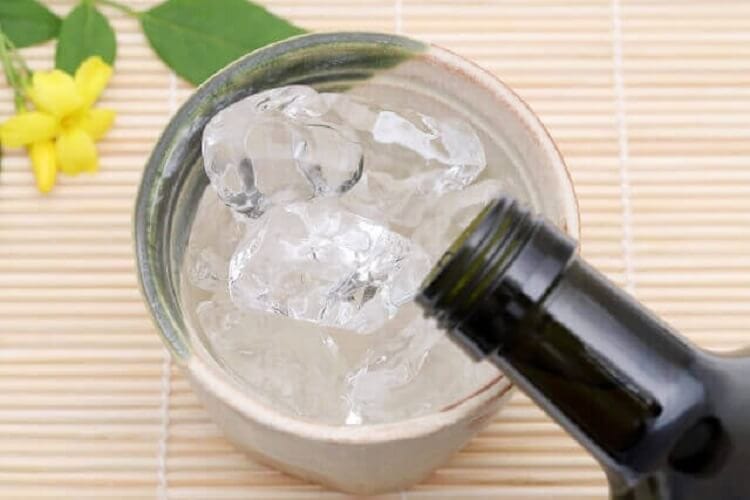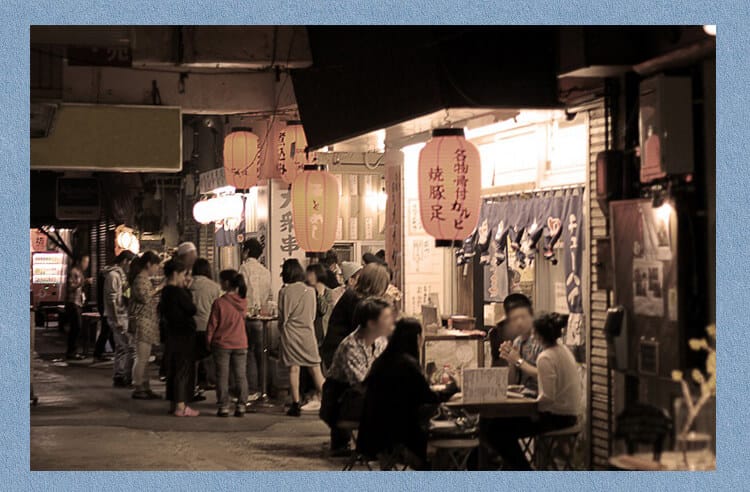
Do you know "GI (Geographical Indication)" which is translated as geographical indication?
Agriculture, forestry and fishery products, foods and alcoholic beverages with geographical indication GI can be named exclusively for the place of origin, and the country also guarantees the quality of the place of origin, so it is said that added value in the market will increase .
For example, champagne is the name given only to sparkling wines made in the Champagne region (AOC method), while sparkling wines from other regions are not allowed to be called champagne.
Parmigiano-Reggiano also. Hard cheese made in the very limited area of northern Italy since the 1200s and is different from the powdered Parmesan cheese sold in Japan.
The geographical indication GI gives the food a "successful endorsement" and even protects its rights. Unfortunately, however, most of the sake industry does not have a Geographic Indication GI. In other words, you waive that right.
To date, only a few GIs have been certified for geographical indication of sake.
In this article, I will introduce the merits, conditions and methods of obtaining GI certification for geographical indication.
* The above GI mark is not for sake. This is discussed below.
The history of geographical indication GI in Japan
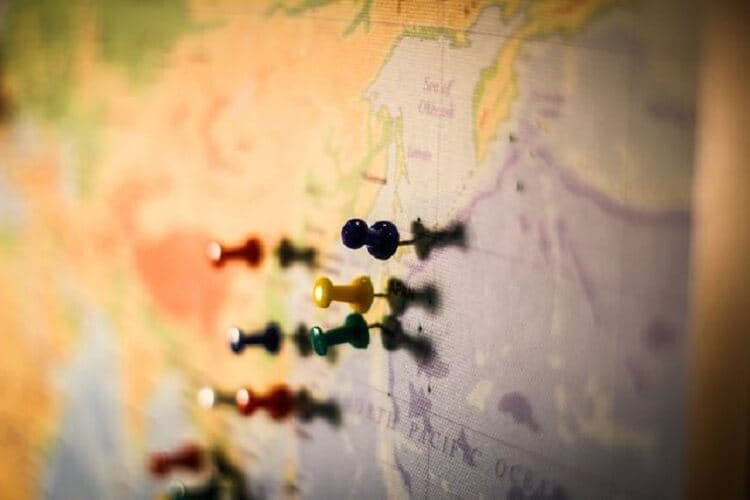
Geographical Indication GI is a "Geographical Indication Protection System" that protects certain production areas, specific qualities and names of historical products as intellectual property.
In Japan, the GI protection system is divided into two jurisdictions: the NTA and the Ministry of Agriculture, Forestry and Fisheries.
Geographical indication GI application of sake to NTS
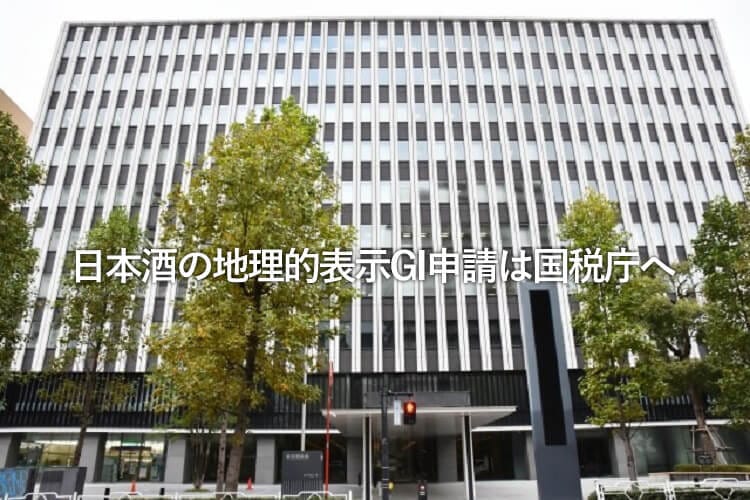
The National Tax Agency has jurisdiction over sake.
The establishment of the WTO (World Trade Organization) mandated the protection of GI for wine and spirits by all member states, and in 1994 the NTA set the standard for labeling wine and spirits in XNUMX. Was established.
Then, in September 2005, it targeted sake and in October 9, all alcoholic beverages, but at the moment only three regions are registered, excluding national GI.
* Self-application is required for geographical indication GI approval.
In contrast, the Ministry of Agriculture, Forestry and Fisheries has registered 86 items (as of September 2019, 9).
The origin of geographical indication GI
The geographical indication GI sounds like a relatively new system, but its roots date back more than 100 years and are of French origin. The cause was the problem of disguising Bordeaux wine.
Wines other than Bordeaux begin to make "Bordeaux wines"
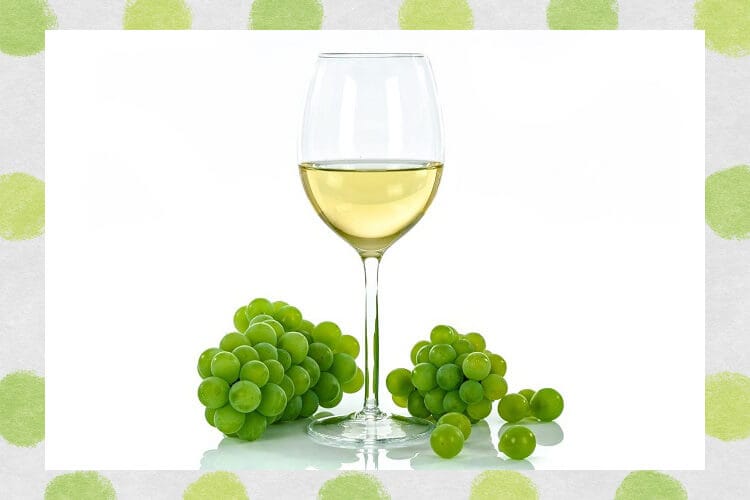
With the growing popularity of Bordeaux wines, wines produced outside Bordeaux have also been called "Bordeaux wines" and are now on the market despite their fake.
Bordeaux's wine union is concerned that fake wines without the true taste of Bordeaux will reduce the value of their products and has demanded a fraud ban from the French government. Through such circumstances, the "origin of origin designation system" was enacted, stating that "other than genuine producers should not claim the name of the place name".
The geographical indication GI is based on this Bordeaux wine example.
Geographically Indicated GI Certified Products Can Be Famous Worldwide
Geographical indication of alcoholic beverages overseas In addition to Bordeaux wine, scotch whiskey and bourbon whiskey are famous.
View this post on Instagram
In food,
- Certello (cured ham) from Cibello
- Traditional balsamic vinegar from Modena
- Poitou Charente butter (Echire butter)
- Camargue rice
I think that is often heard in Japan.
Among them, Citello from Cibello was registered as a GI, and the unnamed prosciutto ham grew to gain global recognition.
View this post on Instagram
Echire butter is of high quality as mentioned by Mr. Akashiya. Creamy fermented butter with a slight walnut flavor. It is the only high value-added product manufactured in wooden barrels in France.
However, in Japan, the significance of geographical indication GI certification for food is still unknown, and the status quo is still low and the number of applications is still small.
- Geographical indication GI designation differentiates from other products
- Since mutual protection is possible under the EU-Japan EPA, it is also possible to prevent the sale and enforcement of fake brand sake overseas.
- The government will also crack down on labeling violations in Japan, so there is no need for the effort and amount of initiating a trial by yourself.
(Details are explained below.)
Despite the merits such as, isn't it a wasteful story?
Contents and effects of the geographical indication GI system in Japan
In Japan, GI certification for geographical indications is protected as one of intellectual property rights by treaties and laws.
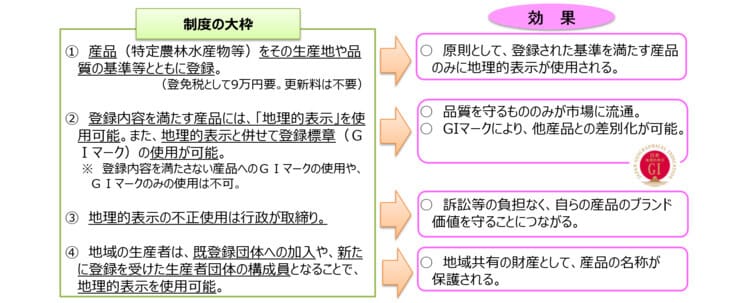
* The above image is from the Ministry of Agriculture, Forestry and Fisheries, but we used it because it is easier to understand than the description of the NTA.
Japanese agricultural products and foods are exported overseas, but there are many cases where agricultural products and foods made outside of Japan are sold under the name of a Japanese place name without permission.
Sake also.
Currently, sake production overseas is increasing, but as the history of Bordeaux wines does not mean that sake will not have the problem of camouflage.
Some sakes made by overseas sake brewers have increased their ability to win awards, but they are not all conscientious overseas sake brewers. There is a possibility that sake breweries that sell and sell low-quality sake made outside of Japan under the name "Sake" will be introduced.
As a result, the rumor that "Sake is not so delicious" has spread and there is no lid.
This is not limited to overseas problems. Some people may imitate the name of a famous sake in Japan.
In order to prevent such a situation and let people know the true taste of sake, it is necessary to obtain a geographical indication GI.
Sake Geographical Indication GI certification is only 3 places! Startle
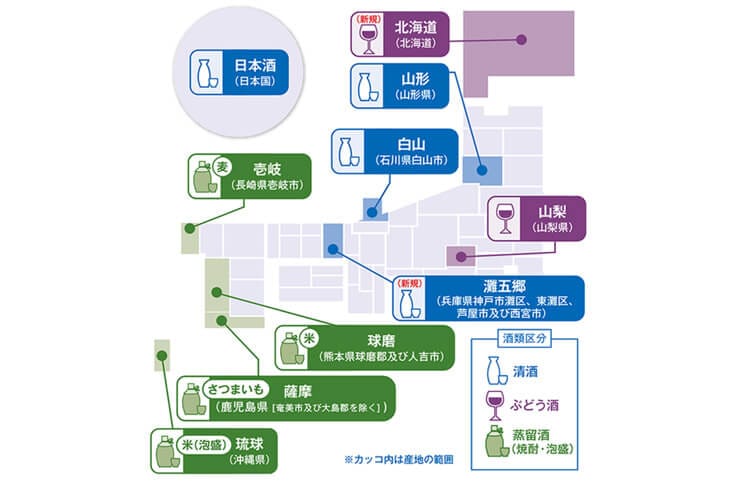
As mentioned above, GI certified sake is overwhelmingly less geographically displayed than the Ministry of Agriculture, Forestry and Fisheries.
As shown below, excluding ④ country-level geographical indication GI, as of March 2019, Hakusan (Hakusan City, Ishikawa Prefecture), Yamagata (Yamagata Prefecture), and Nango Gogo (Nada Ward, Kobe City, Hyogo Prefecture) , Higashinada Ward, Ashiya City, and Nishinomiya City).
| Name | Designated date | Production area |
|---|---|---|
| ① Hakusan | 2005/12/22 | Ishikawa Prefecture Hakusan City Certified brands: Takasago, Kikuhime, Banzai Raku, Tengu Mai, Masamune Tedorigawa Production standards: Use only rice with a rice and rice koji grade of brown rice for brewing that is at least 1% of domestic rice and a rice polishing rate of 70% or less, using only water collected in Hakusan city, Ishikawa prefecture, Being sake produced in Hakusan city, Ishikawa prefecture.■Do not carry out the storage, when storing, do it in Hakusan city, Ishikawa prefecture. Pack in containers in Hakusan city, Ishikawa prefecture. |
| ②Yamagata | 2016/12/16 | Yamagata Prefecture Certified brands: XNUMX generations, Kudoki Skills, Kamikimoto, Dewa Sakura, etc. Conditions: Use only domestic rice for rice and rice koji, use only water collected in Yamagata Prefecture, manufacture in Yamagata Prefecture, and store in Yamagata and Yamagata prefectures when storing. |
| ③ Gogo Nada | 2018/6/28 | Hyogo Prefecture Kobe City Nada Ward, Higashinada Ward, Ashiya City, Nishinomiya City (Saigo / Mikagego / Uozakigo / Nishinomiyago / Imazugo) Certified brands: Masamune Sakura, Kahozo, Shintanba, Kuromatsu Shiroka, Shoun etc. Conditions: Use only domestic rice (requires an agricultural product inspection method of at least 3 grade) for rice and rice koji. Use only water sampled in Nada-gogo. Sake produced in Nada-gogo. Yes, if you want to store, do it in Nada Gogo. |
| ④Sake | 2015/12/25 | Japan Article 3-7 of the Liquor Tax Law* *Using "sake" as specified in "Sake", using only domestic rice in rice and rice koji, and manufactured in Japan. |
* Liquefaction preparation: Also called "Molten rice making". After processing such as rice polishing, washing, dipping, and draining, the rice is granulated, pulverized and put into the equipment, and liquefied by the action of enzymes while raising the temperature. Then cool and ferment as usual.
** Article 3, Item 7 of the Sake Tax Law: Fermented from rice, rice koji, and water (alcohol less than 22 degrees).It is said that it is made by fermenting rice (rice, koji, water, sake cake, and other items specified by a Cabinet Order) as a raw material (alcohol content is less than 22 degrees).
Geographical indication at the Japanese level What is GI Sake?
(XNUMX) and (XNUMX) in the above table have been approved after each region has made a claim.
However, ④ is special and was set by Japan in 27 as a national-level geographical indication. The purpose is
- Exclusive labeling as an international brand
- Export promotion
The following conditions must be met in order to claim "GI Geographical Sake" overseas.
- Use only domestic rice as raw rice
- Being sake produced in Japan
Only sake made from domestic rice and manufactured in Japan cannot be labeled "Sake". (Indication standard for geographical indication of alcoholic beverages)
Source: CustomsAbout notification of indication method of liquor'
In other words, the geographical indication GI Sake does not only show off the brand,
- Protection of Japanese rice farmers
- Protection of Japanese sake brewing
- Overseas intellectual property protection during export■
You can see that it also has
* Regarding 3., rights can be claimed even if counterfeit goods are distributed outside Japan. If the rights are infringed, notify the National Tax Service and if the GI mutual protection is established, the corresponding country will work to protect sake.
The country's recognition of sake as a GI for geographical indications enables the following:
- Sake made with foreign rice and sake made outside of Japan should not be labeled as "sake" → Consumers can easily distinguish
- Geographical indication abroad GI-certified sake → You can appeal overseas that it is "high quality and reliable sake guaranteed by Japan"
- Geographical indication GI certified sake overseas is subject to mutual protection → Differentiation between “sake” and “sake made outside of Japan” will enhance the brand value of “sake”
Sake that has earned its trust in the geographical indication GI indication. It is expected to have a great effect on promoting exports overseas.
Benefits of obtaining geographical indication GI certification in Japan
Here, even if you think, "Now that the Geographically Indicated GI Sake has been certified as a country, there is no need to apply for the Geographically Indicated GI in each of the regions that make sake in Japan using domestic rice." You will be there.
However, if you get the geographical indication GI in each region, the following benefits will be born in each region.
- Acquisition of GI for the geographical indication of sake in Japan in each region → Further branding has been promoted, the purchaser's awareness has increased, and retailers have been able to publicize and sell more easily
- The brand name is protected by the state. For example, for sake that is not made in Nada Gogo, it is forbidden to display "Nada's raw one (from OO)" or "OO, Nada flavor". Impersonators can also be charged with unfair competition law violations or fraudulent charges
- Legal measures are secured → protected from intellectual property infringement
- Geographical indications Sake breweries in GI-certified areas are considered superior to other breweries, and it is possible to conduct brewery tours with the invitation of a global influencer. Sales increased as brand sake exceeded that
- Promotion at overseas events sponsored by the government inviting politicians and business dignitaries and media relations → Impressing the impression of “GI Sake + GI domestic brand”, increasing the special feeling
How can Sake be Geographically Indicated GI Certified?
The geographical indication GI of sake is specified by the Commissioner of the National Tax Agency on a petition (self-declaration) from the locality. As long as the goods are excellent, they are not automatically granted by the country. It is important to move yourself.
The flow of obtaining GI for geographical display is as follows.
- Confirm that there is a characteristic of the locality of sake production and that it has been established for many years, and that the raw materials and production method of sake are clear
- Obtain the consent of all producers in the locality
- Trade associations (such as breweries) file a petition with the Commissioner of the National Tax Agency
- The NTA confirms that the claim is correct and seeks public opinion
- After that, if it is determined that it conforms, the geographical indication GI is certified
* It is also necessary to consider how to maintain GI after receiving GI. (Since the NTA regularly checks, if it is determined that it no longer conforms to production standards, it may not be displayed.)
Geographical indication To be certified as GI, it must be of excellent quality with social reputation, historical background,■It is required that there is an established reputation.
* The Ministry of Agriculture, Forestry and Fisheries needs a track record of producing crops for 25 years, but the NTA has not shown a clear year, so it is considered that it has taken a flexible stance.
National Tax Agency that does not have GI certification mark for geographical indication
The Ministry of Agriculture, Forestry and Fisheries has a unified "Geographically Indicated GI Mark", but alcoholic beverages do not have a Geographically Indicated GI Mark.
So, how should the sake that has acquired the geographical indication GI be displayed?
Geographical indication GI mark recommended by the NTA
The NTA has instructed the label to include any of the characters "Geographical Indication", "Geographical Indication", or "GI".
Alternatively, each production area is allowed to create and use its own GI mark.
Example from Yamagata Prefecture:
View this post on Instagram
Example of Nada Gogo:
By receiving the designation of GI for geographical indication, added value and reliability as a regional brand are improved.
Just remember that the ham of a small village in the nameless Italian village has become world-famous and has the potential to lead to increased exports.
Conclusion: Sake must be GI certified for geographical indication
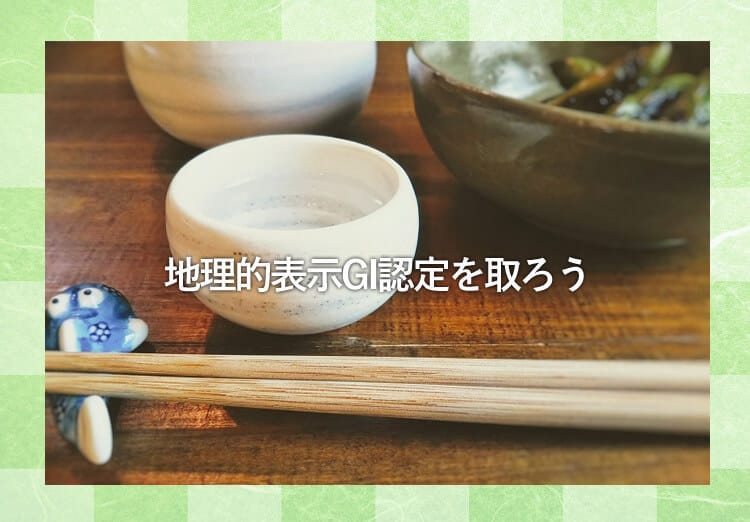
Some sake-related people may be reluctant to say that "GI application for geographical indication GI is difficult for documents and procedures."
In fact, I read the National Tax Agency's "Regulations on the Display Standards for Geographical Labeling of Alcoholic Beverages".
However, there is also a lawyer's office that will take care of the troublesome paperwork and contact the ministries. The Ministry of Agriculture, Forestry and Fisheries is encouraging the agency to apply for this because it is easier to carry out the procedure.
At first glance, there seems to be an office that can apply for sake for about 35 yen (at the moment).
If you are interested, please search for "Geographical indication application agency service". Some hits.
Why don't you consult with us once more by adding value to the sake produced in the area and increasing your income, with a view to revitalizing the area and increasing the number of sake brewery tours?
Reference materials
・ National Tax AgencyAbout designation of geographical indication "sake"'
・ Ministry of Agriculture, Forestry and FisheriesList of registered products'
・ JSTAGEAbout liquefaction preparation of sake'
・ National Tax AgencyGeographical indication `` Hakusan '' production standard'
・ National Tax AgencyGeographical indication `` Yamagata '' production standard'
・ National Tax AgencyGeographical indication "Nada Gogo" production standard'
・ National Tax AgencyGeographical indication "Sake" production standard'
・ National Tax AgencyList of display obligations based on the Act on Conservation of Liquor Tax and Liquor Business Associations'
・ National Tax AgencyMatters to set the labeling standards for the geographical labeling of alcoholic beverages'


